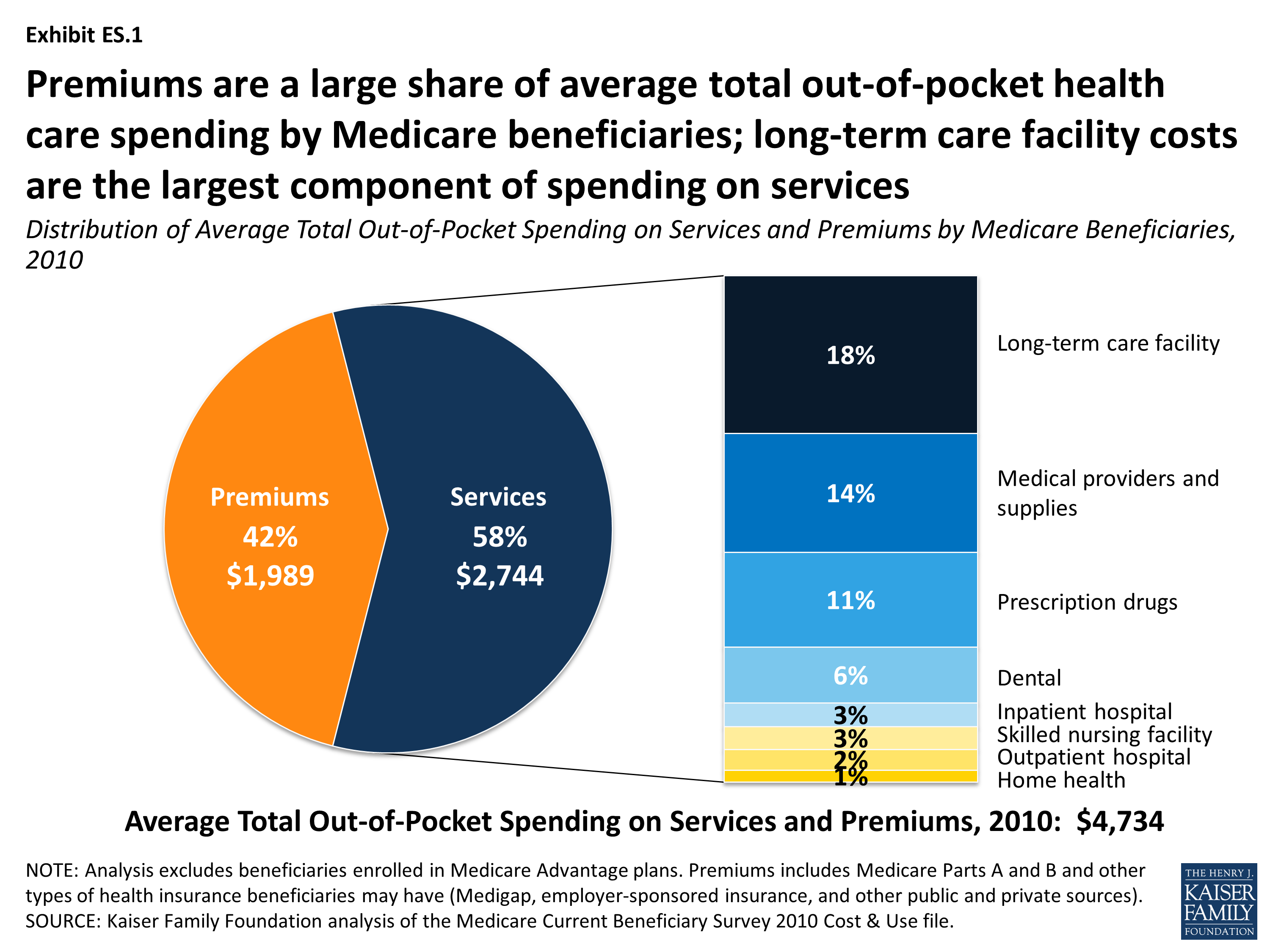

But Medicare Advantage plan members often pay less than that, depending on the plan. In 2023, the maximum Medicare Advantage out-of-pocket limit is $8,300 for in-network services and $12,450 for in-network and out-of-network services combined. This maximum out-of-pocket (MOOP) limit means you will never pay more than a certain amount every year for your health care, if you use services and providers in your plan. But these costs are often highly competitive and may be less than what you’d pay for Original Medicare.Īnother thing to consider: Medicare Advantage plans limit how much you’ll spend on out of your own pocket each year. Premiums, deductibles, copayments can vary. When choosing a Medicare Advantage plan, you have plenty of options. A closer look at the price of Medicare Advantage These plans also have a copay for each service.
OUT OF POCKET EXPENSES MEDICARE PLUS
This means you’ll pay your Part B premium plus your Medicare Advantage plan premium.
An allowance for over-the-counter (OTC) itemsīefore you can sign up for Medicare Advantage, you must enroll in Original Medicare. How much does Part C (Medicare Advantage) cost?Īlso known as Medicare Advantage, Medicare Part C plans provide at least the same coverage as Original Medicare. If you go 63 or more days in a row with no Medicare drug coverage or other creditable prescription coverage, you may have to pay a penalty if you sign up for Part D later. The more costly the prescription, the more you’ll pay.Įnsuring you have consistent drug coverage is key. You may also have to pay a copayment or coinsurance when you pick up your prescribed medicines. As with Part B, you may need to pay an extra monthly charge if you make more than a certain amount. The annual deductible is no more than $505. In 2023, the average Part D monthly premium is $31.50. Premium amounts vary by plan and by where you live. It can offer a degree of cost protection. Medicare Part D provides coverage for prescription drugs. The Part B premium may also cost more if you enroll later than three months after your 65th birthday and you don’t have other creditable health insurance, such as through an employer. This is called an Income-Related Monthly Adjustment Amount (IRMAA). If your income is more than a certain amount, you pay the standard premium plus an extra charge. The annual deductible for Medicare Part B is $226 in 2023. The standard monthly payment is $164.90 in 2023. They must meet a deductible before it begins paying for services. Most people pay a monthly premium for Part B. Durable medical equipment (think wheelchairs, hospital beds and oxygen tanks). Outpatient procedures, even if they occur at a hospital. Beyond lifetime reserve days: all costs. Days 91 and beyond: $800 coinsurance per each "lifetime reserve day" after day 90 for each benefit period (up to 60 days over the course of your lifetime). Days 61-90: $400 coinsurance per day after day 60 of each benefit period. Days 1-60: $0 coinsurance for each benefit period. It ends when you haven’t received any care for 60 days in a row.) $1,600 deductible for each benefit period (A benefit period begins the day you go into the hospital. Part A hospital inpatient deductible and coinsurance In 2023, the standard Part A premium is $506 if you have fewer than 30 credits. Three months of work count as one “work credit.” The amount depends on how long you’ve worked and paid Social Security taxes. If you don’t meet that requirement, you can pay a monthly premium for coverage. If you or your spouse worked and paid Medicare taxes for at least 10 years, you qualify for premium-free Part A. If you spend more than 60 days in the hospital, you will have coinsurance to pay. In 2023, the Part A deductible is $1,600. But you will need to pay a deductible before Medicare begins to cover any of your hospital costs. With Part A, you generally won’t have to pay a monthly premium. (For instance, skilled nursing care after you leave the hospital.) Part A covers inpatient hospital stays and some care outside of the hospital. Together, Parts A and B are called Original Medicare. Medicare Parts A and B provide coverage for essential medical care. Depending on your choice, you may need to pay premiums, copays, coinsurance, deductibles or other costs. You can combine them to deliver more complete health care coverage. How the different parts of Medicare affect what you pay There are also some tips for keeping your expenses in check. Read on to learn about how much coverage can cost. The good news is you have some control over your Medicare costs. 

These include the type of Medicare plan you have, when you sign up for it and your annual income. How much you can expect to spend on care and services depends on several factors. Medicare may pay for a portion of health care costs, but it doesn’t cover everything.







 0 kommentar(er)
0 kommentar(er)
